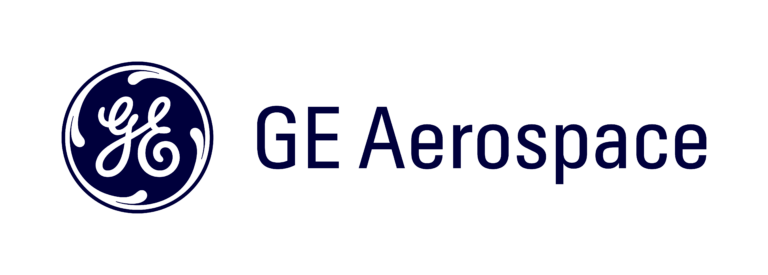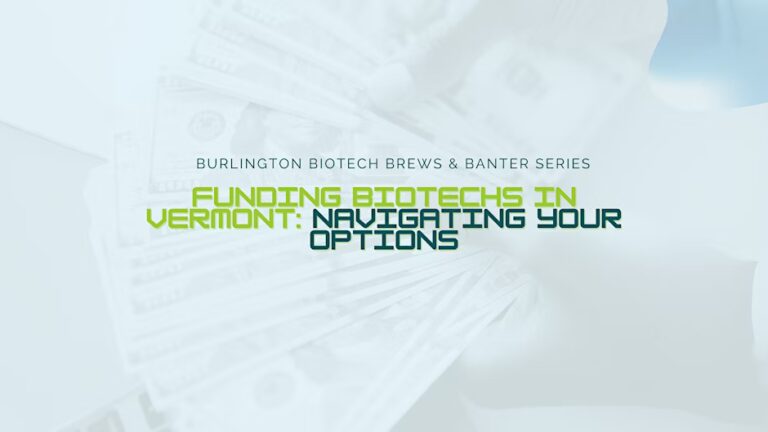Using AI to Future-Proof Your Product
This guest post on using AI to modernize existing systems is by Gene Zylkuski of VTTA member Marlborough Street Partners.
Just as AI can lead to a business inflection point; it can play a critical role in legacy application modernization. Of course, there is a certain “chicken or egg” dichotomy here: you need a more modern infrastructure to host AI but to get to that modernization more efficiently you need to use AI. Notwithstanding the chicken and egg dilemma, let’s examine how to pull that off.
Legacy Issues
Legacy applications continue to be the life blood in many organizations. The term is often used to refer to large client server applications that lack end-user friendliness and were written dozens of years ago. In reality, many legacy applications were written within the last 15 years serving a single purpose on a technical stack that lacked distributed computing. Typically developed on older technologies, these systems can pose challenges in maintenance, scalability, and integration with new technologies. So, modernizing these applications represents a true business inflection point because modernization often involves not just technological upgrades but a transformation of business processes to remain competitive. In fact, as businesses realize the importance of including AI capabilities into their processes and products, they are realizing that internal changes need to be made just to make AI cost effective.
Looking to The Future
Given the deep rootedness of most legacy systems, replacing them is easier said than done. The good news is that Generative AI offers a practical set of options to modernize your legacy applications. For example, rapid UI prototyping tools such as Galileo AI can be used to generate UI screens based upon plain text descriptions of what they need to do. CodePal and GitHub Copilot can generate code in many different languages based on a plain text description. Codeium is an AI powered code completion software that can be embedded into Integrated Development Environments to help software developers write code in real-time. DocuWriter.ai is a versatile software package that supports all programming languages. Its AI algorithms can generate documentation, test suites, and optimize code. And more such tools are in development.
Practical Applications
Since the AI chicken is already well across the road, what’s a technology leader with legacy applications to do? The following are ways that AI can significantly help to modernize those applications.
Architectural Review
- AI can analyze existing legacy systems, pinpointing improvement areas. Automating code refactoring and testing, AI reduces the resources required for modernization, enhancing efficiency, and reducing errors.
- AI can also aid in breaking down monolithic structures of legacy systems into microservices, enhancing scalability and agility.
- And if your legacy application relies on an outdated database, AI can suggest transitioning to modern database systems or NoSQL databases, and can then generate data migration scripts and schema updates saving a lot of manual time, effort, and cost for your organization.
Code Generation
- Legacy applications often contain old, outdated, inefficient, and convoluted codebases that are difficult to work with. Generative AI models are particularly good at streamlining code and automatically generating code snippets, modules, or even entire components tailored to modern best practices.
- In addition to assessing legacy code, AI can detect and eliminate duplicates if the same logic is repeated in multiple places and replace it with code produced by GenAI that centralizes the underlying logic.
Reduce Technical Debt
- Legacy systems typically were not architected to handle concurrency, multithreading, and dependency management. This can lead to scaling and performance issues. Such issues can be addressed by Generative AI through code quality enhancements, unit test case generation, and even refactoring parts of monolithic code into composable elements.
Modernize UI/UX
- Legacy applications were often created without consideration for what would now be considered a user-friendly application. Generative AI can play a significant role in enabling UI/UX modernization by automating and streamlining various aspects of the user interface (UI) and user experience (UX) design process. Certain Generative AI models can output new design elements and layouts that can make your legacy application more visually appealing and user-friendly while preserving the core functionality.
- These modernization capabilities include automated design generation and creating CSS code for responsive behavior to make your application mobile friendly. It can help support inclusivity and accessibility to comply with the latest regulations like the Americans with Disabilities Act (ADA).
Improve Scalability/Performance
- Legacy applications often struggle with scalability and performance issues which limit their ability to handle increased workloads and deliver responsive performance. AI can identify bottlenecks and suggest enhancements to handle increased workloads and deliver better performance. This can result in a more scalable and responsive system, ensuring that your application can meet the evolving demands of your business. Generative AI can accomplish this by generating configurations for load balancers and suggesting algorithms like round-robin, least connections, or session affinity to optimize traffic distribution.
Generate Documentation
- Due to the breadth and age of many legacy applications, up-to-date and comprehensive technical documentation is often considered an afterthought and may not fully exist, making maintenance and future development challenging. Generative AI can automate the process of producing technical documentation. It can automatically add comments to functions, classes, variables, and methods, explaining their purpose, parameters, and return values.
AI Transformation
It matters little which is the chicken or the egg. From companies making specialized API connector software, to manufacturing supply chain optimization, to machine tool manufacturers, and more, organizations are realizing that to maximize value and remain competitive along many dimensions they need an AI offering. Importantly, they are also realizing that the cleansing and mining of data that passes through the company’s legacy software provides critical insights, predictions, and value to their customers as well. Extracting that value requires software that is designed to move data efficiently, scale significantly, and to be cost effective.
Just as AI represents an inflection point for legacy systems, it also serves as an enabler in the transformation of those systems to increase agility, shorten time to market, and minimize transition costs. Each of the areas described herein enables companies to leverage AI to reduce legacy system transformation costs so they may in turn incorporate AI and other new technologies. That’s using the future to future-proof.
Egg on Your Face
A final admonition. The use of AI to reduce the time and cost of software development can exact its own cost in legal and IP matters. For example, using some AI tools could result in the sharing of sensitive internal information, such as when questions dealing with proprietary systems or processes are posed to Generative AI. Currently, Apple, JPMorgan Chase, Amazon, Citigroup, and Deutsche Bank have all installed various restrictions on the use of tools such as ChatGPT and GitHub’s CoPilot to protect their software IP.
However, with appropriate precautions like limiting AI inquiries to what is necessary for the task, ensuring that prompts do not reveal proprietary information, and asking only for general coding tasks, these risks can be mitigated. And in turn, the AI chicken can lay the AI egg that future proofs your legacy systems. Or is that the other way around?






